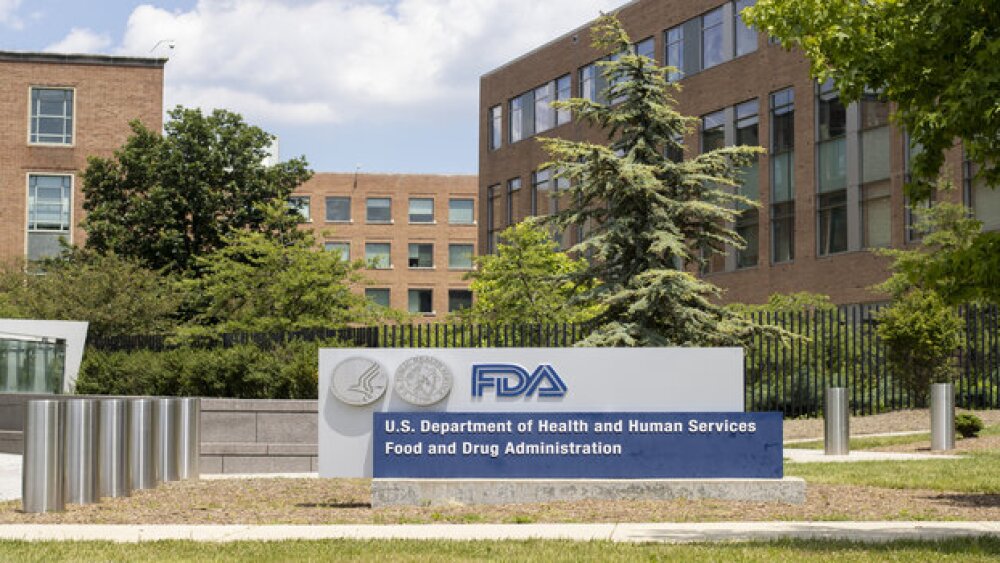With positive results for patients with the chronic skin condition, Jasper Therapeutics’ briquilimab is looking to take on Novartis and Genentech’s Xolair as well as Sanofi and Regeneron’s Dupixent.
Jasper Therapeutics on Monday announced that its investigational antibody briquilimab showed strong initial signs of efficacy in patients with chronic inducible urticaria, according to a topline readout of the Phase Ib/II SPOTLIGHT study.
During the first six weeks following treatment, 14 of 15 patients showed clinical response to briquilimab in a provocation test. Of the 12 patients given the 120-mg dose of briquilimab, 83% showed complete response, with the critical temperature threshold improving to at least 4°C for those with cold urticaria, or with FricTest dermographometer scores improving to zero for symptomatic dermographism patients. One of 12 patients in the 120-mg dose group hit partial response as their best response.
Meanwhile, of the three patients treated with 40-mg briquilimab, one reached complete response while the other two achieved partial response.
SPOTLIGHT also demonstrated “significant reductions” in serum tryptase levels as early as week one after 120-mg briquilimab treatment, according to Jasper. At six weeks, mean tryptase levels dropped by 31% from baseline, with one patient showing a 66% reduction at week two.
In terms of safety, briquilimab was well-tolerated overall, with no severe or grade 3 adverse events documented. There were also no cases of hypersensitivity, anemia or hair or skin color changes.
Jasper CEO Ronald Martell in a statement said that the company is “very excited” about these data, which “demonstrate the ability of briquilimab to support optimal biologic dosing by rapidly delivering robust and durable clinical benefit along with a potentially differentiated safety profile.”
William Blair analyst Matt Phipps in a note to investors said that SPOTLIGHT’s readout points to the “strong initial efficacy” of one 120-mg subcutaneous dose of briquilimab, though there are still “outstanding questions on how durable the activity is.”
Still, the results show “that at worst, briquilimab could be successfully dosed every four weeks, and there is reason to believe a 180 mg or 240 mg dose could achieve greater durability and less frequent dosing,” Phipps wrote. “We believe this alone is an important de-risking event for Jasper.”
Briquilimab is an investigational aglycosylated monoclonal antibody that targets the stem cell factor and disrupts its binding to the CD117 receptor found on the surface of several healthy cells, including mast cells. This mechanism of action allows briquilimab to block crucial cell survival signals, leading to the overall depletion of mast cells and the suppression of the inflammatory response in related diseases.
With Monday’s readout, Jasper is poised to challenge several major players in the inflammatory space, including Novartis and Genentech’s Xolair and Sanofi and Regeneron’s Dupixent.
First approved in 2003, Xolair is an anti-IgE antibody indicated for asthma, nasal polyps and chronic idiopathic urticaria. Last year, the drug generated sales of $1.46 billion, growing 9% year-over-year at constant currencies.
Meanwhile, Dupixent was first approved in 2017 and can be used to treat atopic dermatitis, asthma, eosinophilic esophagitis and chronic rhinosinusitis with nasal polyps. Last month, Dupixent secured a label expansion for chronic obstructive pulmonary disease, which is expected to boost its sales even further. The therapy brought in around $11.6 billion.






